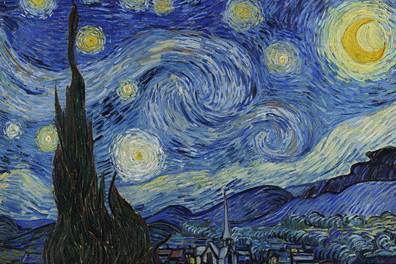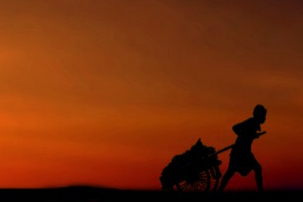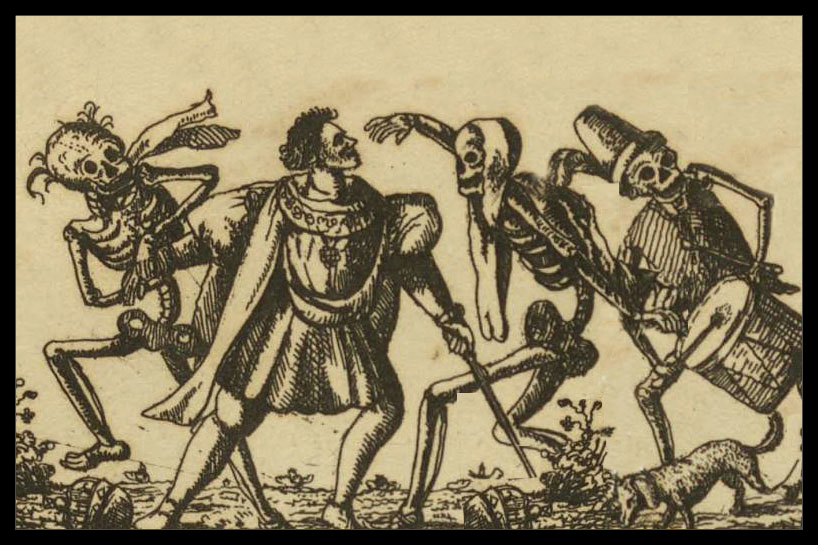Far, Far Away
As most Americans prepare for Thanksgiving, some are preparing for Thanksgiving far, far away on Mars. Our first Thanksgiving in 1621 was when the Pilgrims celebrated their first Thanksgiving in the New World. We were told they celebrated with the local Wampanoag tribe. The Pilgrims fled England for religious and political reasons. They journeyed to Holland, but after a couple of years, they decided to sail to the New World.

In the ensuing centuries, Europeans came to America to colonize the area we call America. That meant there were wars between the Europeans and the Native Americans. In the mid-19th century, Americans believed that much of North America belonged to them. That concept was called Manifest Destiny, which meant that God gave us all the land “from sea to shining sea.” All they had to do was to take their land.

In the 402 years since the first Thanksgiving, much has changed in America and the entire world. The population of the world in 1621 was 500 million people in the world. There will be this Thanksgiving over 8 billion people. There are 700 million who live in extreme poverty. Additionally, more than half the world lives without access to basic medical care. As for global warming, this year will set the record as the hottest year on record due to fossil fuels. We are polluting the water we drink, the air we breathe, and the land we live on.
That is why some Americans at NASA plan a Thanksgiving on Mars in the next decade. NASA wants to have the first astronauts travel to Mars and set up the first colony on the red planet. They aren’t journeying to the New World but to the New Planet, Mars.
If you want to appreciate what the first colonists felt, imagine what the first astronauts will feel. Here is a litany of issues that they will face. The small amount of atmosphere on Mars means that it can’t trap the heat from the Sun. Therefore, the temperature on the red planet is -225 degrees. Without a spacesuit, the colonists would freeze to death in a few seconds.
Then there is the issue of food on that frozen planet. There are ice caps on Mars, but there isn’t any food or any vegetation on Mars. Today, a journey to Mars would take 279 days to get there. The astronauts will leave Mars on day 345, having spent 51 days on their second home. The entire time to get to Mars, the visiting time, and the return time is 850 days.
Once they established a permanent residence on Mars, the new Pilgrims faced similar problems their forebearers faced. For example, nearly half of the Pilgrims died during their first winter in the New World due to the cold, hunger, and diseases.
Therefore, what will the astronauts do in advance? There are plans in the making now about the best ways to melt the frozen ice on Mars. That would provide water for the colony as well as for the atmosphere. Over time, the water added to the atmosphere would raise the temperature of Mars and allow for growing plants. That would also provide breathable air.
NASA’s plans are a long shot, which is an alternative to remaining here on planet Earth. Sometime in the future, space aliens will investigate Earth. Years before, Carl Sagan called it the pale blue dot. When they arrive, they will call it the pale red planet.

A discovery of some future space alien
Whatever the future holds for humanity, we should celebrate every Thanksgiving by reaching out to one another.












